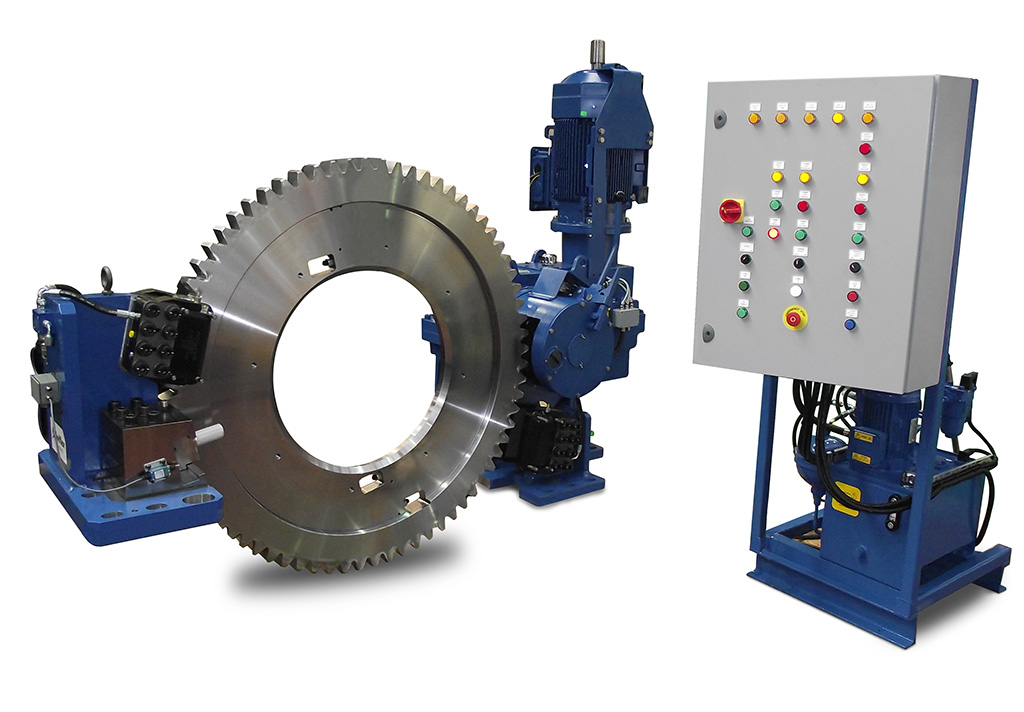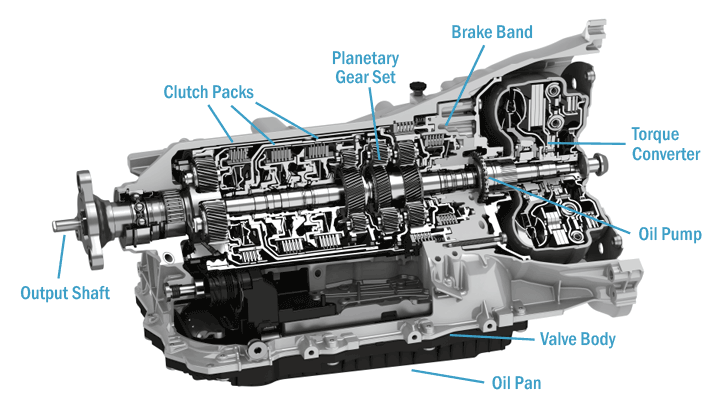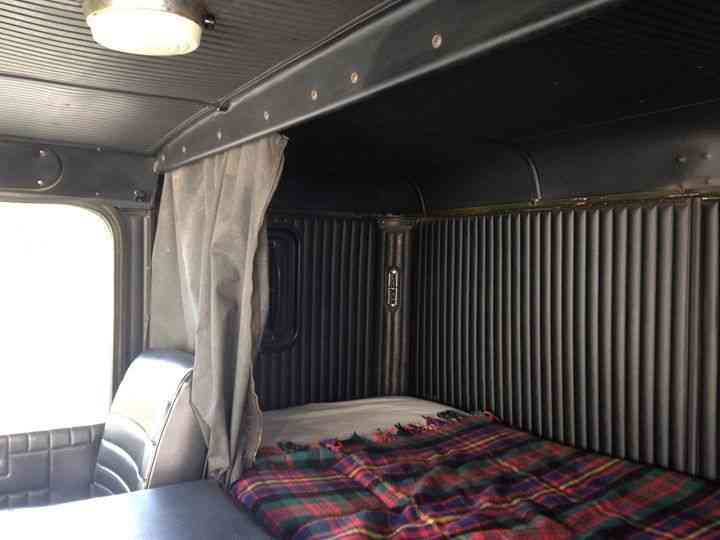Sliding The Vehicle Down A Slope In The Neutral Mode. This habit won’t let you accelerate the car. Learn how to do an oil change, transmission fluid change, coolant flush, power steering fluid flush, brake fluid flush and bleed, differential fluid change. Building awesome horsepower is only part of the story. You need to deliver all that power to your car or truck’s wheels! We’ve got torque-hungry high performance automatic and manual transmissions for street and strip applications, torque converters and clutch sets, flexplates and flywheels, plus limited-slip differentials, spools, lockers, ring and pinion sets, driveshafts, U-joints.
A non-synchronous transmission— also called a crash gearbox— is a form of manual transmission based on gears that do not use synchronizing mechanisms. They require the driver to manually synchronize the transmission's input speed (engine RPM) and output speed (driveshaft speed).
Brake And Transmission Fluid Change Cost
Non-synchronous transmissions are found primarily in various types of industrial machinery; such as tractors and semi-tractors. Non-synchronous manual transmissions are also found on motorcycles, in the form of constant-meshsequential manual transmissions.[1][2] Prior to the 1950s and 1960s, most cars used constant-mesh (and also sliding-mesh) but non-synchronous transmissions.
History[edit]
Most early automobiles were rear-engined, using a single-speed transmission and belt-drive to power the rear wheels. In 1891, the French Panhard et Levassor automobile used a three-speed manual transmission and is considered to have set the template for multi-speed manual transmissions in motor vehicles.[3][4] This transmission used a sliding-gear design without any form of speed synchronization, causing frequent grinding of the gear teeth during gear shifts.[5]

The Panhard design was refined over the years by other manufacturers to include 'constant-mesh' gears (instead of sliding gears). The first usage of synchromesh was by Cadillac in 1928.[6]
Driving techniques[edit]
Trained drivers of vehicles with non-synchronous transmissions sometimes use the techniques listed below. If improperly implemented, these techniques can cause damage to the vehicle or the loss of control of the vehicle.
- Double-clutching: releasing the clutch in neutral to synchronize the speeds of the shafts within the transmission[7]
- Float shifting: shifting without using the clutch
In big rigs and semi-trucks, the driver may have to complete 24 or more gear changes when accelerating from a standstill to 70 mph (113 km/h).

Clutch brake[edit]
Unlike any other type of transmission, non-synchronous transmissions often have a clutch brake mechanism, which is usually activated by pressing the clutch pedal all the way to the floor[8] or pressing a button on the top of the gear lever. The purpose of the clutch brake is to slow down (or stop) the rotation of the transmission's input shaft, which assists in shifting the transmission into neutral or first gear when the vehicle is at a standstill.[9] The clutch brake not only slows or stops the idle gear axis but can also prevent shifting into gear until the clutch pedal is released a few inches off the floor. In order to shift into gear, the clutch must be halfway off the floor, otherwise, the clutch brake will prevent the transmission from being shifted into or out of gear.

Comparison of transmissions[edit]
Any transmission that requires the driver to manually synchronize the engine speed with the speed of the driveshaft is non-synchronous.[7] Non-synchronous transmissions are mostly used in semi-trucks, large industrial machines and power take-offs.[10]
Sequential manual transmissions, which are commonly used in motorcycles, ATVs, and racecars, are a type of non-synchronous (unsynchronized) manual transmission, where gear ratios must be selected in succession (order), and direct access to a specific gear ratio is not possible.[11]
Most manual transmissions in modern passenger vehicles are fitted with synchromesh to equalize the shaft speeds within the transmission, so they are synchronous transmissions.[12] All automatic transmissions have synchronizing mechanisms, and semi-automatic transmissions that use dog clutches typically have cone-and-collar synchronizing mechanisms.
See also[edit]
References[edit]
- ^https://www.topspeed.com/motorcycles/guides/types-of-motorcycle-transmission-ar186976.html
- ^https://auto.howstuffworks.com/sequential-gearbox.htm
- ^'Sliding Gearbox - 1891 Panhard et Levassor'. www.youtube.com. Sporty 40. Retrieved 4 January 2020.
- ^'The 1891 Panhard et Levassor'. www.themotormuseuminminiature.co.uk. Retrieved 4 January 2020.
- ^'1902 Panhard and Levassor'. www.howstuffworks.com. 7 December 2007. Retrieved 4 January 2020.
- ^'Synchromesh Gear Box- How's That Work?'. www.hooniverse.com. 3 November 2014. Retrieved 8 January 2020.
- ^ ab2005 Commercial Driver's License Manual(PDF). Federal Motor Carrier Safety Administration New Hampshire Dept. of Motor Vehicles. p. Section 13, page 3. Archived from the original(PDF) on 2012-05-21.
'Double clutch if vehicle is equipped with non-synchronized transmission
- ^'What is a Clutch Brake?'. www.itstillruns.com. Retrieved 15 January 2020.
- ^'Clutch Brakes'. www.amsautomotive.com. Retrieved 15 January 2020.
- ^'6-10 Bolt Mechanical Power Takeoff'. www.thomasnet.com. Retrieved 2007-07-16.
- ^https://auto.howstuffworks.com/sequential-gearbox.htm
- ^'Synchronizers; graphic illustration of how they work'. www.howstuffworks.com. Retrieved 2007-07-18.
LET'S SHIFT GEARS FOR A MINUTE...
Transmission is a word that gets thrown around a lot when talking about cars, and rightfully so. This sizable automotive part works hard to keep your vehicle running. A well-operating transmission results in better fuel economy, a smoother ride, and gives you a much better chance at avoiding costly car repairs down the road.
How Does A Transmission Work?
In simple terms, a car's transmission is comparable to a bike's gear shifter. As you speed up on a bike, you switch to a higher gear so your feet don't have to pedal as fast as the wheels spin. Your car's transmission switches the gears in your engine as you speed up or slow down, making sure the correct amount of power is distributed to your wheels.
As you speed up, the transmission works together with the clutch to disengage from the current gear it's in and switch to a higher gear. This ensures the engine doesn't spin too quickly while your wheels are zipping along. As you slow down, the transmission switches your engine back down to lower gears.
Signs You Need Transmission Service:
Grinding noise – If you hear the sound of metal grinding on metal when your car shifts gears, this is a hint you're low on transmission fluid.
Delayed or rushed shifting – You may have issues with your transmission fluid when your vehicle seems to shift gears too early or too late.
Erratic gear shifting – If your car unexpectedly pops in and out of gear, or the engine revs high in between gear shifts, this indicates a faulty transmission.
Smell that? Yikes! – If you notice a burning odor, you could be smelling overheated transmission fluid.
Transmission fluid leak – If you find a puddle of fluid under your car that appears red or brown, you may be looking at transmission fluid.
What Is A Transmission Fluid Flush?
A transmission contains many moving parts that are constantly coming into contact with each other. Transmissions depend on fluid to keep all those parts cool and lubricated.
Factors such as excessive heat and cracked fluid lines can cause the transmission fluid to leak or become contaminated, which can result in serious issues and expensive repairs. A transmission fluid flush involves replacing the old transmission fluid with fresh fluid, providing the gears with proper lubrication and protecting your transmission from debris.
How Often Do You Need A Transmission Fluid Flush?


How often you should change your transmission fluid depends on mileage and manufacturer recommendations, but luckily, you don't have to replace transmission fluid very often. Most vehicles should have their transmission fluid changed every 30,000 – 60,000 miles.
No matter your mileage, if you begin experiencing any of the symptoms above, come by your nearest Brakes Plus as soon as possible to have your transmission checked out.
What's Included In Our Transmission Flush Service?
Whether you have a manual or automatic transmission, you can trust our expert technicians with your transmission needs. We'll start by removing contaminated fluid from the transmission system using the industry's best flush and exchange equipment. In our service, we also include:
Brakes And Transmission Repair
Replacement of up to 15 quarts of synthetic transmission fluid
Smoothing out problems with rough or hard shifting
Filter replacement, if needed, for additional cost
Transmission Parking Brake Assembly
When it's time for a transmission flush or inspection, there's no place better than Brakes Plus. Schedule your service online at a time that's convenient for you, and don't forget to check out our offers on transmission service!
